The term paint finishing encompasses the entire range of processes engaged in the application of paint or finishes to a surface. These processes use all kinds of machines and tools (broadly called paint finishing equipment) to apply finishes for two basic purposes, functionality and aesthetics. Read More…
Manufacturer of portable paint booths featuring multi-stage filtration systems to remove paint overspray along with carbon filters to remove odors and VOCs. American-made quality and productivity. Contact us or visit our website to learn more about how we can help you today!
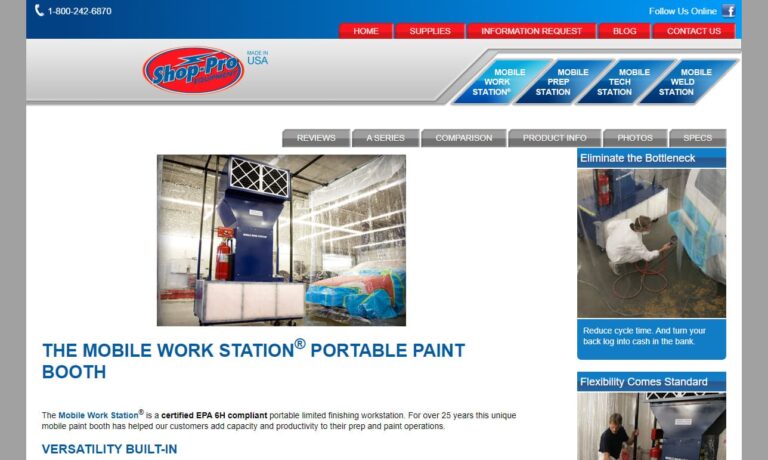
At Southern Fluid Systems, we dedicate ourselves to delivering paint finishing equipment that brings precision, efficiency, and reliability to every stage of our customers’ coating processes. We design and supply complete fluid-handling and paint application solutions that support everything from manual touch-up stations to fully automated finishing lines.

At Midwest Finishing Systems, Inc., we bring decades of hands-on expertise to the design, manufacture, and integration of paint finishing equipment that supports high-quality coating results in demanding production environments. We engineer systems that improve transfer efficiency, reduce material waste, and deliver repeatable, high-performance finishes across a wide range of substrates and part...
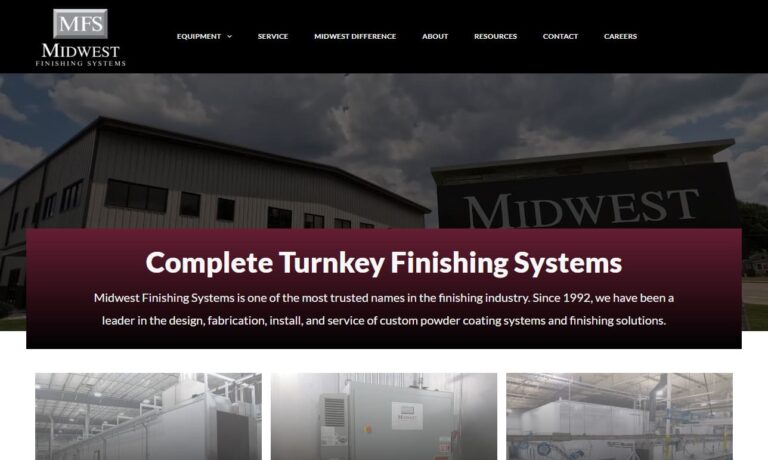
Quality Finishing Systems has been designing and manufacturing state-of-the-art industrial parts washers for over 20 years. Throughout the years, we have strived to perfect our products to continually meet the needs of our customers. Our expert team work alongside customers to ensure their industrial parts washers' needs are met.
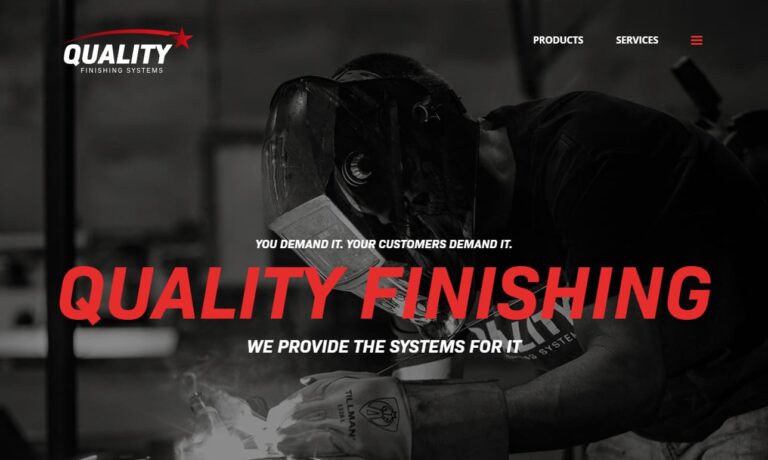
Developing quality systems of the highest life cycle value for over 50 years, KOCH is the choice for over 1,200 manufacturers in nearly 40 countries. We are a world leader in the design, construction, and installation of paint finishing equipment and we offer each customer the most up-to-date, efficient and reliable options for their quality, cost and space requirements. Let us serve you today!
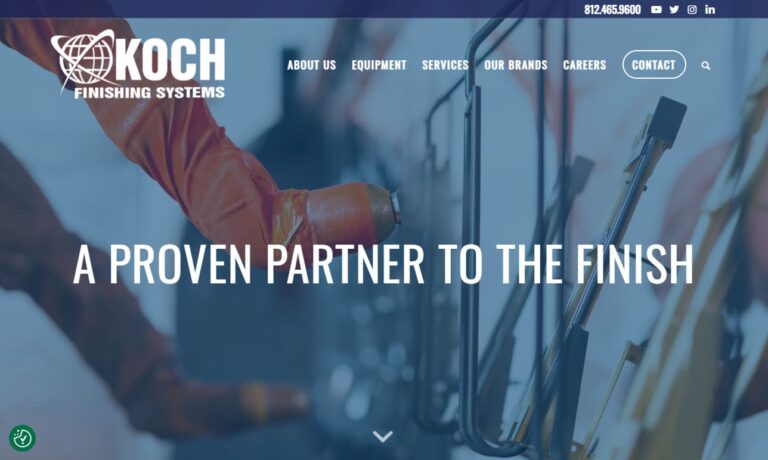
At Reliant Finishing Systems, we commit ourselves to designing and building paint finishing equipment that delivers exceptional performance, reliability, and efficiency for manufacturers of all sizes. We engineer our ovens, spray booths, powder coating systems, and automated finishing solutions with a focus on precision and durability, ensuring each component contributes to uniform coating...
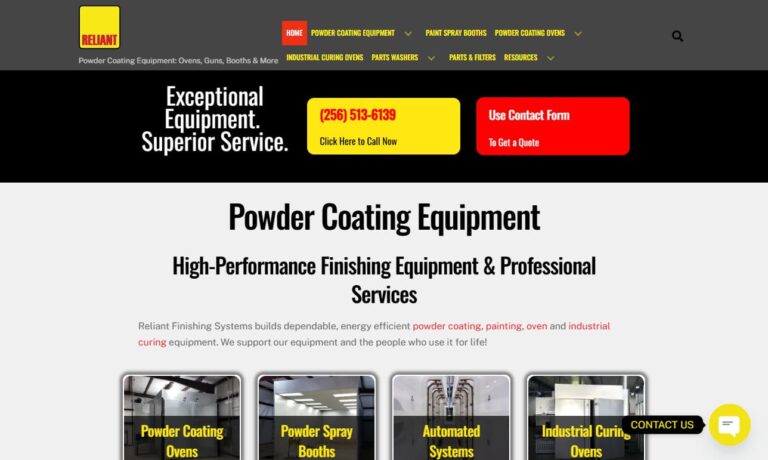
More Paint Finishing Equipment Manufacturers
Finishing coats play a critical role in protecting surfaces from chemical agents, moisture, abrasion, and other environmental impacts. In both residential and industrial settings, a professionally applied paint finish, or paint sheen, impacts not only the protective qualities but also the visual appeal of the underlying surface. The glossiness of a paint finish, which refers to its level of light reflection, can be tailored to enhance, reduce, or otherwise modify the appearance of a product or structure.
Paint finishing equipment encompasses a wide range of tools, machinery, and specialized systems designed to apply a flawless, durable coating to a variety of materials. This equipment is essential for everything from DIY home improvement projects to high-volume manufacturing operations. Key industries utilizing paint finishing systems include construction, automotive, aerospace, food processing, pharmaceuticals, electronics manufacturing, glass production, paper and packaging, woodworking, and metal fabrication.
Common products that rely on superior paint finishes include containers, electronic housings, automotive parts, metal structural elements, paperboard and packaging, industrial ceramics, and wooden furniture. In industrial settings, paint finishing systems are frequently tailored to the needs of Original Equipment Manufacturers (OEMs), offering solutions that balance throughput, efficiency, and surface quality. Notably, the metal fabrication sector is experiencing rapid growth due to increased demand for corrosion-resistant and aesthetically pleasing metal products. Meanwhile, the furniture market remains the largest consumer, and the architectural sector is a primary driver of ongoing innovation and expansion within the paint finishing industry.
Applications of Paint Finishing Equipment
Are you searching for the right paint finishing equipment for your industry or application? Understanding the paint finishing process and the variety of available tools is a crucial first step. While specific processes can vary by industry, most paint finishing workflows include several core phases: surface pretreatment (such as degreasing and cleaning), drying, coating application, and curing.
Since the success of a finish largely depends on the application method, choosing the right paint finishing machinery is vital. For residential or architectural projects, manual tools like paint rollers, brushes, trays, drop cloths, painter’s tape, stirring sticks, and sandpaper are commonly used. These basic tools are ideal for home improvement projects, room renovations, and decorative painting.
However, industrial painting and coating applications require much more advanced solutions. Automated systems—such as paint machines equipped with conveyor lines, robotic arms, and integrated process controls—are engineered to optimize throughput, consistency, and cost-efficiency in large-scale manufacturing environments. These systems are vital for industries where product uniformity and finish quality are non-negotiable, such as automotive, aerospace, and heavy equipment manufacturing.
Looking to compare industrial paint application methods? The main categories include:
- Spraying (conventional, airless, air-assisted, HVLP, and electrostatic)
- Dipping
- Flow coating
- Roller coating
- Specialized methods (such as striping and coil coating)
Spray painting equipment is the most prevalent and versatile paint application technology in industrial settings. A basic spray system consists of a nozzle, an air compressor, a pressurized paint vessel, and delivery hoses or tubes. The centerpiece is the paint sprayer or spray gun, which enables precise, even, and repeatable application of coatings.
Over time, various types of spray devices have evolved to meet the needs of different industries and finishing specifications:
- Air-atomized spray guns use compressed air to atomize liquid paint, creating a fine mist for even coverage. This atomization can occur internally (within the nozzle) or externally (upon exiting the nozzle), and the technology is favored for its balance between finish quality and speed. Air-atomized systems are widely used in automotive, wood finishing, and general metal fabrication.
- Airless paint sprayers operate without compressed air, relying instead on high fluid pressure to force paint through a tiny orifice, breaking it into a fine spray. This method delivers superior penetration into textured or irregular surfaces and is preferred in chemical processing, marine, and heavy machinery industries. The resulting finish demonstrates excellent adhesion and uniformity, even in pits and crevices.
- Air-assisted airless spray guns combine the high pressure of airless spraying with additional compressed air for finer atomization. This hybrid approach is ideal for applying viscous, high-solids paints at elevated temperatures, making it suitable for specialized manufacturing environments where finish thickness and consistency are critical.
- High Volume Low Pressure (HVLP) paint sprayers deliver paint at low pressure and high volume, minimizing overspray and maximizing transfer efficiency. Initially developed with heated air to prevent condensation, HVLP systems are now widely used in furniture finishing, cabinetry, and touch-up work where fine control is necessary.
- Electrostatic paint application equipment, including powder coating systems, uses electrostatic charges to attract the coating to the substrate. By charging the powder or liquid paint and the workpiece with opposite polarities, the coating bonds more efficiently, reducing waste and ensuring even coverage. Electrostatic systems are ideal for coating metal furniture, appliances, automotive parts, and tubular products.
Which spray painting method is best for your application? Consider the substrate material, production speed, desired finish quality, and environmental requirements. For example, electrostatic spraying is highly efficient for metal components, while airless systems excel at coating structural steel or large surfaces.
While spray painting is highly efficient, it can lead to environmental challenges such as overspray, volatile organic compound (VOC) emissions, and contamination of surrounding areas. Modern paint finishing technologies increasingly focus on sustainability with low-VOC coatings, advanced filtration systems, and recycling protocols to minimize environmental impact.
Dipping is another major category in industrial paint finishing. In this process, parts or products are immersed in a tank filled with liquid paint or coating solution. After immersion, the excess coating is allowed to drain off, and the parts move to a controlled drying or curing stage. Dipping is particularly useful for coating complex geometries or providing a uniform layer on all surfaces simultaneously. Tanks and automation systems are key equipment in dipping operations, ensuring process repeatability and minimizing waste.
Flow coating bridges the gap between spraying and dipping. Here, paint is pumped from a pressurized reservoir through tubing to overflow onto the workpiece, saturating upper surfaces before draining off. This method is especially useful for large panels, architectural elements, and specialty industrial applications where consistent top coverage is required.
Roller coating systems use industrial rollers to apply coatings to flat or coiled materials, such as sheet metal or continuous metal strips. Techniques like direct and reverse roller coating allow manufacturers to control film thickness and surface smoothness. Coil coating, in particular, refers to the continuous painting of metal coils before they are fabricated into products, offering high throughput and uniformity.
Striping machines represent a specialized segment of paint finishing equipment. Used to create precise lines on roadways, parking lots, airport runways, and sports fields, these machines typically integrate an air compressor, spray nozzle, engine, and a system of hoses and valves. Consistent line width, durability, and rapid application are key selection criteria for striping equipment.
Not sure which paint finishing technology fits your needs? Explore our comprehensive guides on paint booths, automated conveyor systems, and curing ovens to identify the best solution for your application.
The Paint Finishing Process
Achieving a superior paint finish requires careful planning and execution at each stage. The standard process includes:
- Surface Preparation and Pretreatment: Cleaning, degreasing, and sometimes sanding or abrasive blasting are essential to remove contaminants and promote adhesion. Pretreatment chemicals, such as phosphates or conversion coatings, may be used for metals to inhibit corrosion.
- Paint Mixing: Properly mixing paint, whether by hand or with a paint mixer, ensures pigment dispersion and uniform viscosity. For complex, multi-component coatings (e.g., two-part epoxies or polyurethanes), multi-component paint mixing equipment is used to meter, blend, and deliver precise ratios for optimal performance. Automated mixing systems are standard in high-volume manufacturing.
- Application: The chosen application method (spraying, dipping, rolling, or flow coating) is executed using the appropriate equipment. The choice here depends on the substrate, geometry, production volume, and desired finish characteristics.
- Curing and Drying: Once the coating is applied, products are transferred—often via conveyor systems—into curing ovens. These ovens (convection, infrared, or UV) control temperature and airflow to accelerate solvent evaporation and crosslinking, ensuring a durable finish. Curing times and temperatures are selected based on paint chemistry and substrate tolerances.
- Finishing Accessories: Paint booths (enclosures for controlling overspray and fumes), control consoles, dust collectors, hoppers, and wastewater treatment systems enhance safety, environmental compliance, and end product quality.
In industrial settings, conveyor systems are indispensable for moving products through each stage of the finishing process. Specialized conveyors, such as overhead, towline, or horseshoe-shaped designs, are chosen based on product size, weight, and required process flow. For example, horseshoe conveyors often pair with rotating electrostatic disks, which use centrifugal force and electrical charge to achieve even, high-efficiency coatings.
Curing ovens are available in many configurations, including batch and continuous designs. Key features include robust enclosures, advanced heating elements, uniform air delivery, recirculating airflow, and exhaust management. Modern ovens integrate sensors and process controls for precise temperature management and energy efficiency.
Looking for ways to improve your finishing line’s efficiency and product quality? Paint booths are essential for containing toxic fumes, overspray, and dust, ensuring worker safety and compliance with environmental regulations. They range from compact benchtop enclosures for small parts to large, walk-in booths for vehicle finishing. Advanced booths include filtered airflow, explosion-proof lighting, and integrated fire suppression.
Purchasing Paint Finishing Equipment
What are the most important considerations when selecting paint finishing equipment? Begin by evaluating the coatings, substrates, and production requirements unique to your operation. Over recent years, technological advances in paints, stains, and coatings—such as low-VOC formulations, waterborne alternatives, and high-solids products—have improved finish quality, safety, and environmental compliance. Staying informed about these trends is key for selecting compatible equipment.
The type of coating (oil-based, waterborne, powder, or specialty) often determines the best application and curing equipment. For example, waterborne paints are safer and more environmentally friendly than traditional solvent-based options, but may require specialized drying or curing ovens to achieve proper film formation.
Looking to maximize production and minimize operating costs? The layout and integration of your paint finishing line—such as the size and radius of conveyor systems—directly impact the footprint and efficiency of related equipment like ovens, booths, and mixing stations. Compact, modular designs can save valuable floor space and reduce upfront investment.
Comparing paint application technologies? Each method has unique strengths and limitations. Electrostatic spraying, for example, is highly effective for tubular or complex metal objects due to its wraparound effect, but may result in uneven coverage in recessed or edge areas. Airless spraying is preferred for thick, durable coatings on heavy machinery and structural steel, while HVLP systems excel in fine-finish applications like cabinetry and woodworking.
When sourcing paint finishing equipment suppliers, consider industry specialization. Many manufacturers focus on niche applications—such as electrostatic powder coating, fluidized bed systems, or coil coating—offering tailored expertise and support. Outsourcing specialized processes can be more economical than investing in dedicated in-house systems, especially for low-volume or high-complexity projects.
In addition to core equipment, prioritize suppliers who offer secondary services, such as thermal cleaning, degreasing, paint stripping, and maintenance. These value-added services can streamline your operation, improve equipment longevity, and reduce downtime.
A key metric in evaluating paint finishing systems is transfer efficiency (TE), which measures the proportion of coating material that adheres to the product compared to the total used. Be aware that suppliers may define and calculate TE differently, so clarify standards and expectations early in the procurement process.
Top questions to ask when researching paint finishing equipment:
- What types of coatings and substrates are supported by this equipment?
- How does the system handle environmental and safety compliance?
- What is the expected throughput and cycle time per part?
- How easy is it to integrate this equipment with existing lines?
- What after-sales support and maintenance services are available?
- Can the equipment be reconfigured for different products or finishes?
- Are there options for automation, remote monitoring, or process analytics?
Wondering how to calculate the ROI of a new paint finishing system? Consider factors such as improved product quality, reduced rework, lower material waste, energy efficiency, labor savings, and enhanced compliance with regulatory standards. Investing in modern, automated paint finishing technology often leads to substantial long-term savings and higher customer satisfaction.
Emerging Trends and Innovations in Paint Finishing
The paint finishing industry is experiencing rapid innovation in response to evolving customer expectations and regulatory pressures. Key trends include:
- Eco-friendly coatings: Increased use of waterborne, low-VOC, and powder coatings reduces environmental impact and enhances worker safety.
- Automation and robotics: Advanced robotic spray arms, automated conveyor systems, and integrated process controls improve consistency and reduce manual labor.
- Smart manufacturing: IoT-enabled sensors and cloud-based monitoring systems allow real-time process optimization, predictive maintenance, and data-driven quality assurance.
- Custom color matching and rapid changeover: Modular equipment and automated cleaning cycles enable manufacturers to switch colors or formulations quickly, reducing downtime and waste in multi-product operations.
- Advanced curing technologies: Infrared, UV, and induction curing ovens accelerate drying times and reduce energy consumption compared to traditional convection ovens.
Are you planning to upgrade your finishing line or install a new system? Contact leading paint finishing equipment manufacturers for a consultation and to request quotes tailored to your production needs.
Frequently Asked Questions: Paint Finishing Equipment
What is the difference between powder coating and liquid paint application?
Powder coating uses dry, electrostatically charged powder that adheres to metal surfaces and is then cured in an oven, creating a hard, durable finish. Liquid paint can be applied via spraying, brushing, or dipping and generally requires solvent or water-based carriers. Powder coating is often preferred for its environmental benefits, durability, and minimal waste.
How can I reduce overspray and improve transfer efficiency?
Choose HVLP or electrostatic spray systems, maintain optimal spray gun settings, and use well-designed paint booths with proper airflow management. Regular maintenance and operator training also contribute to higher transfer efficiency and lower material waste.
What safety measures are required for industrial paint finishing operations?
Key measures include explosion-proof electrical systems, proper ventilation, personal protective equipment (PPE) for operators, fire suppression systems, and compliance with local environmental and occupational safety regulations.
Can new paint finishing equipment be retrofitted into existing lines?
Many modern systems are modular and designed for easy integration with existing production lines. However, compatibility depends on factors such as available space, power requirements, and process flow. Consult with equipment suppliers for site assessments and integration support.
What is the expected lifespan of industrial paint finishing equipment?
With proper maintenance and regular servicing, high-quality paint finishing equipment can last for 10–20 years or more. Factors influencing lifespan include equipment design, throughput, maintenance frequency, and the types of coatings processed.
Ready to start your project? Browse top-rated paint finishing equipment suppliers, request custom quotes, or consult our expert guides for in-depth insights into equipment selection and process optimization.

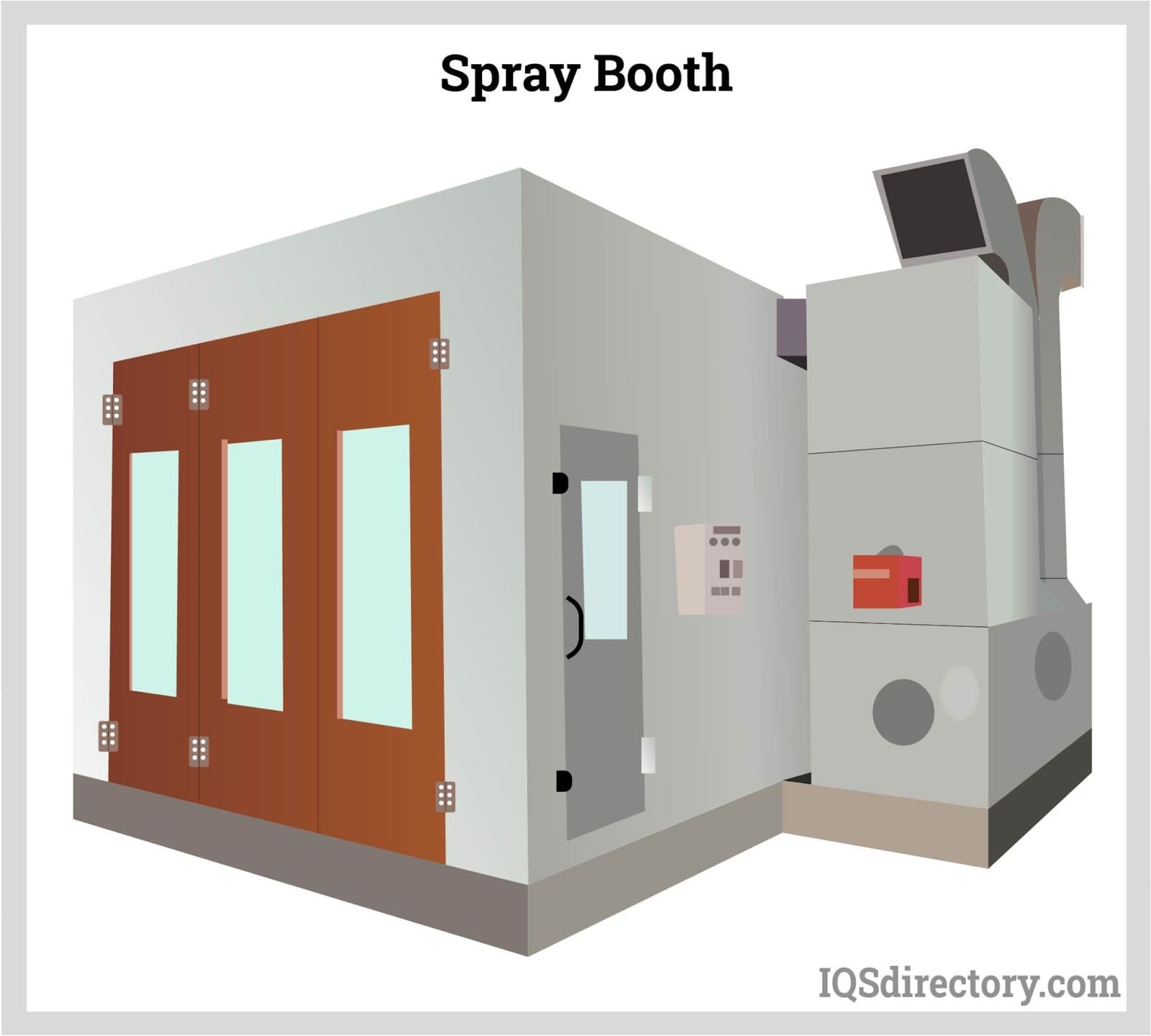
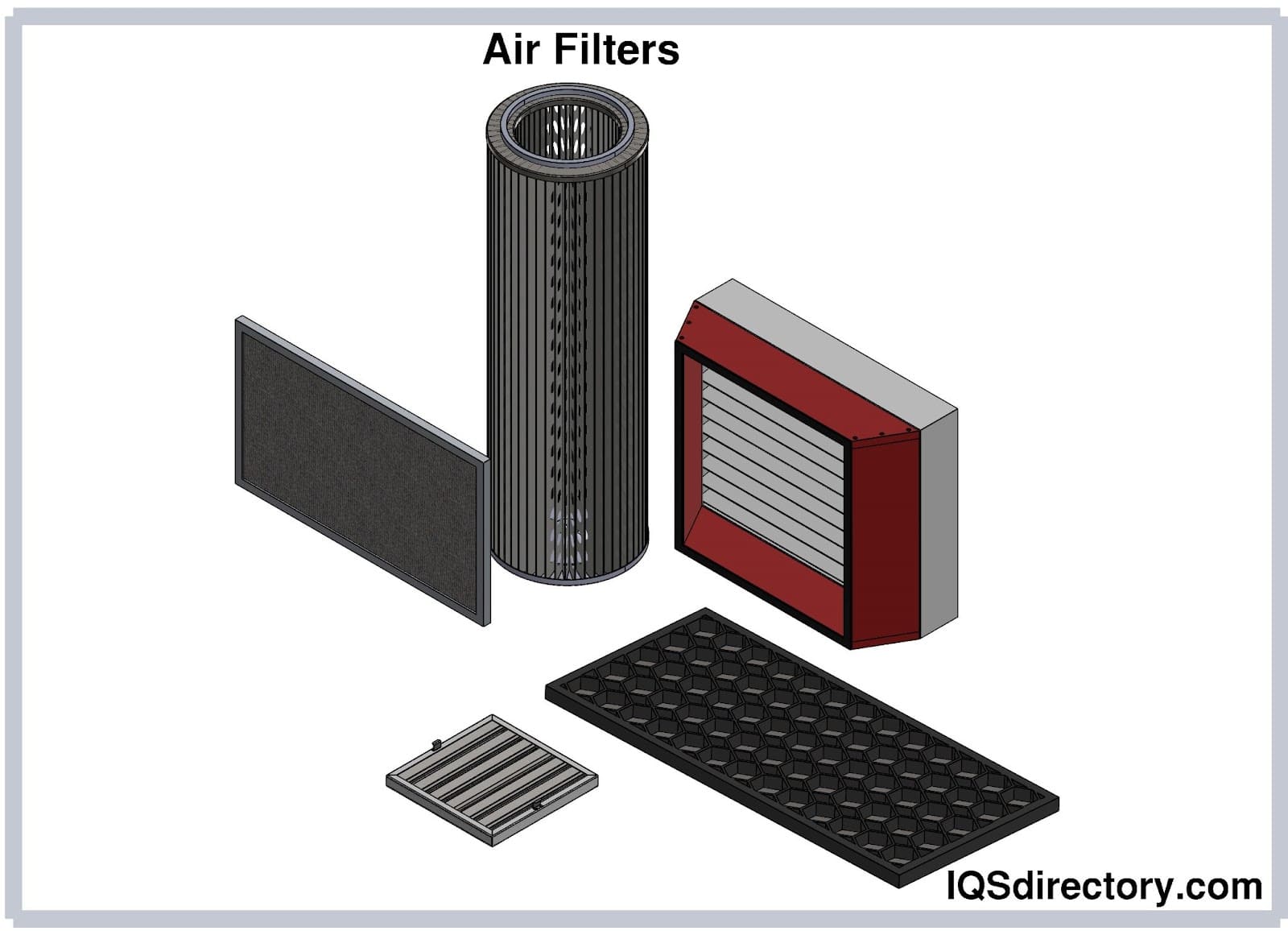
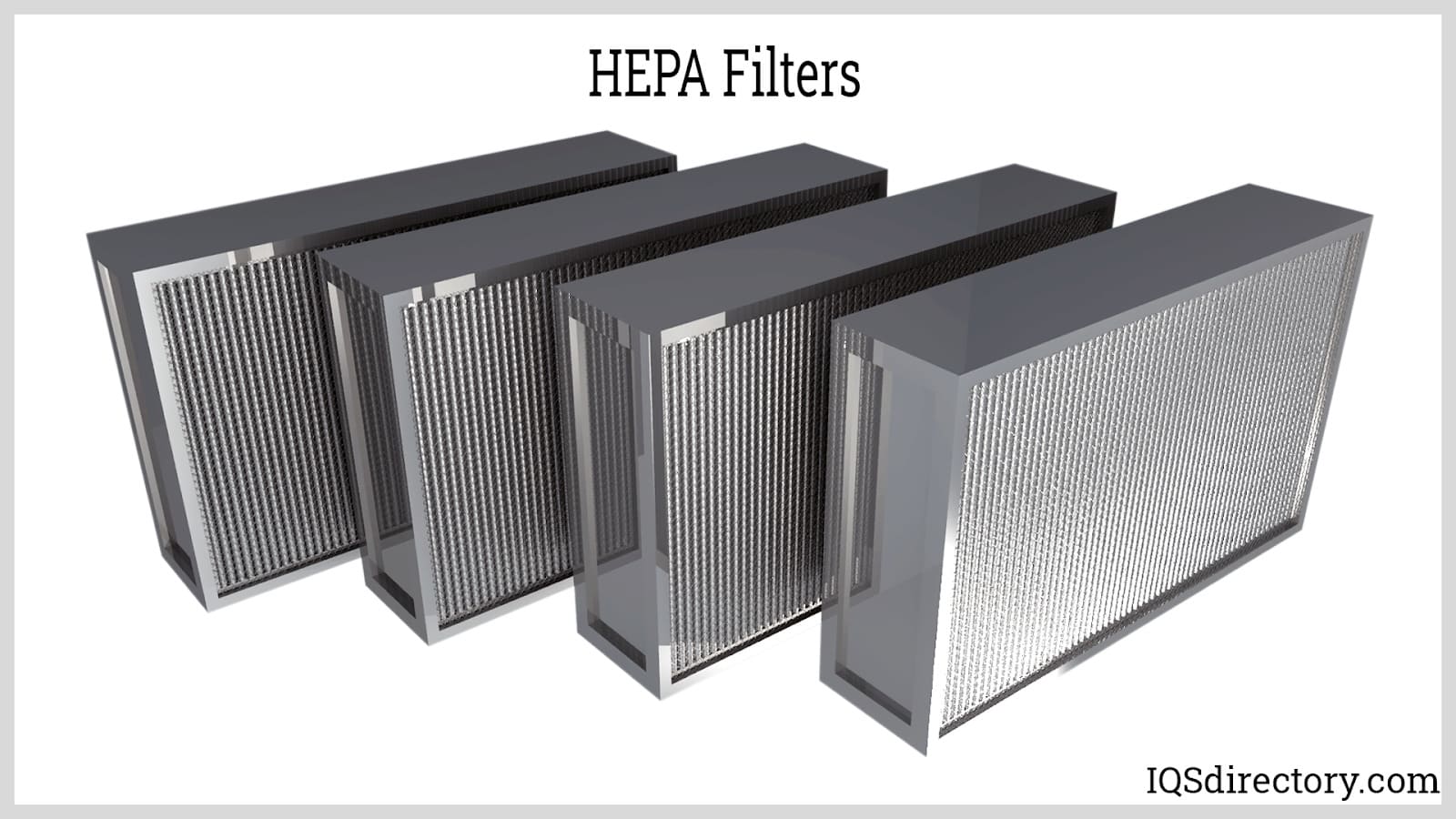
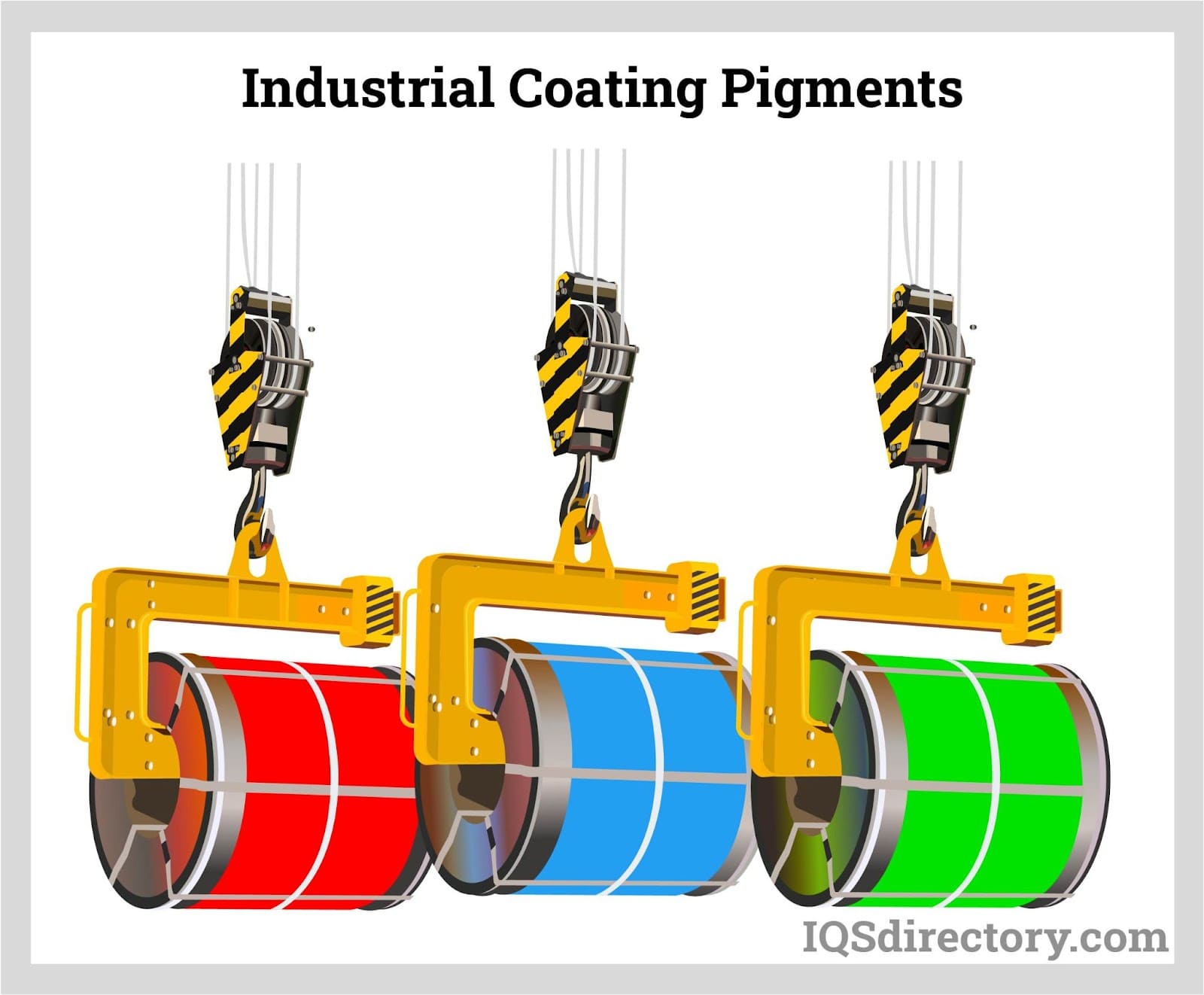
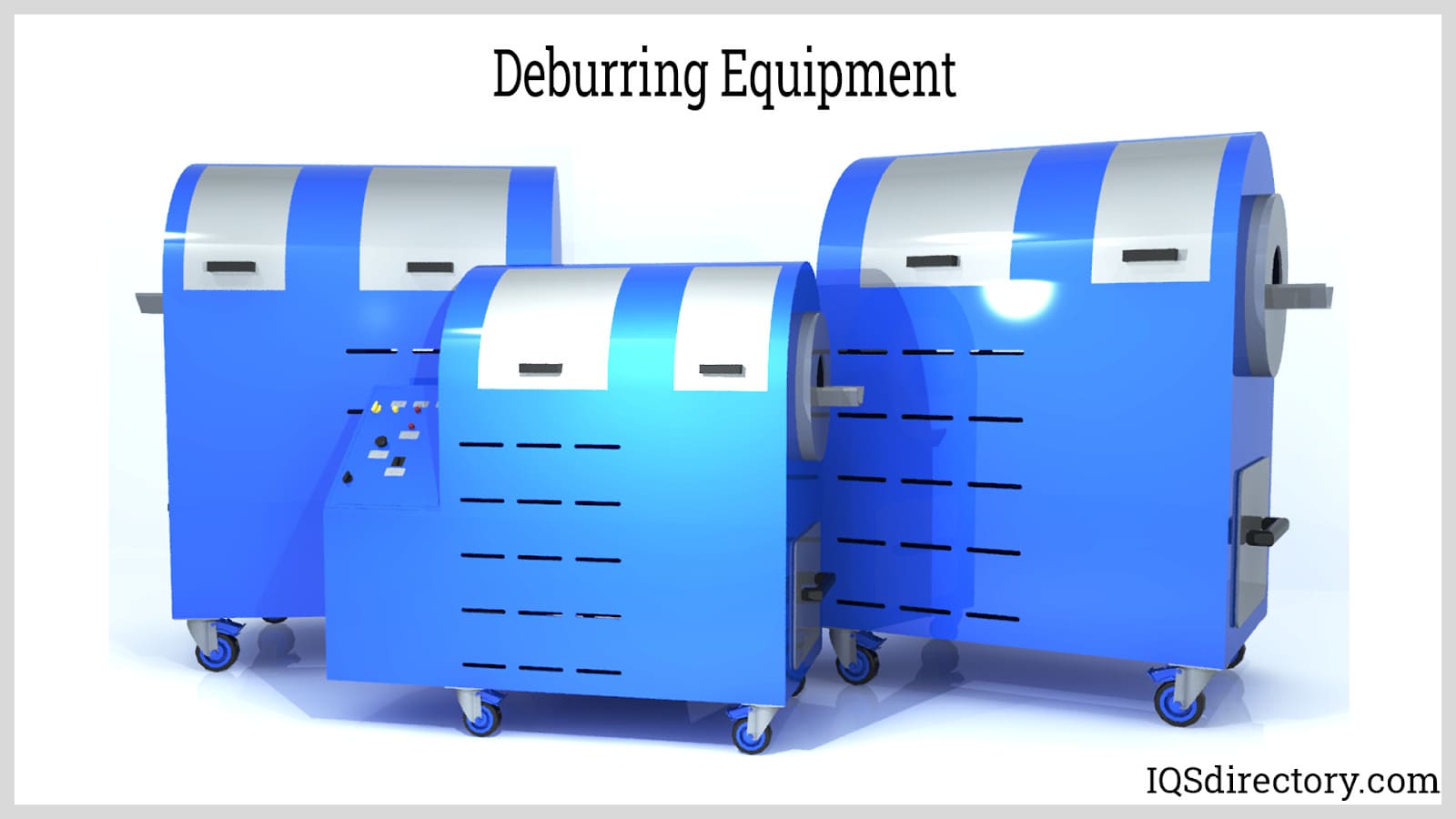
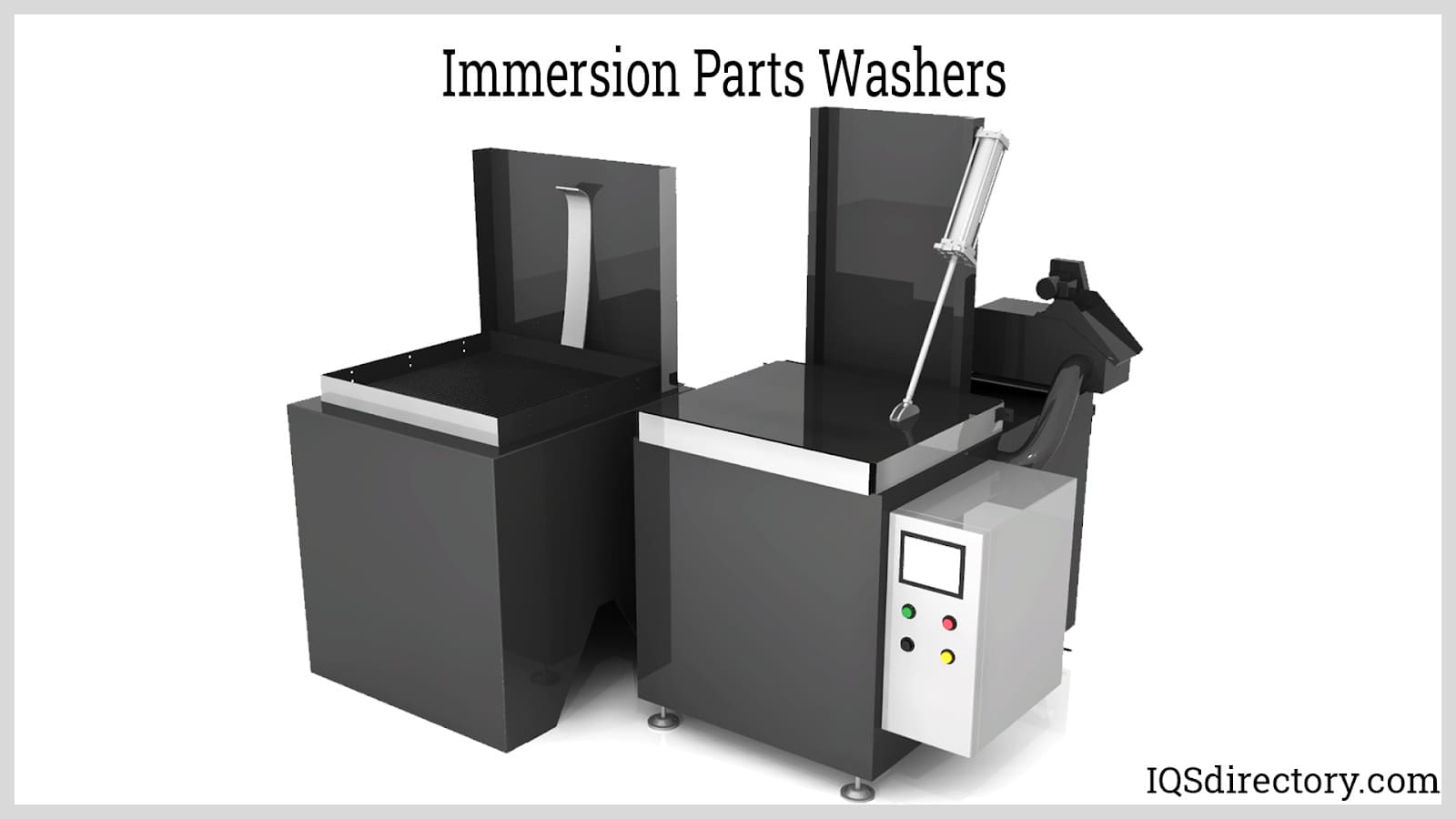
 Automation Equipment
Automation Equipment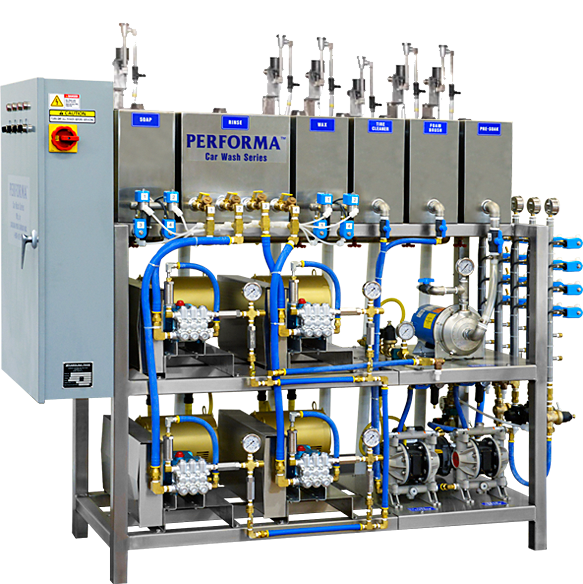 Car Wash Equipment
Car Wash Equipment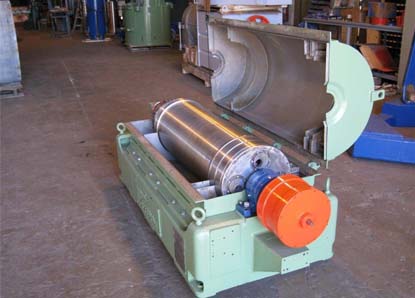 Centrifuges
Centrifuges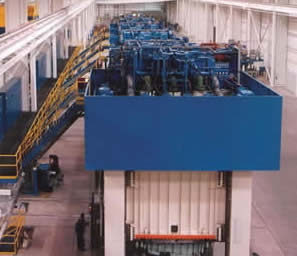 Hydraulic Presses
Hydraulic Presses Lasers
Lasers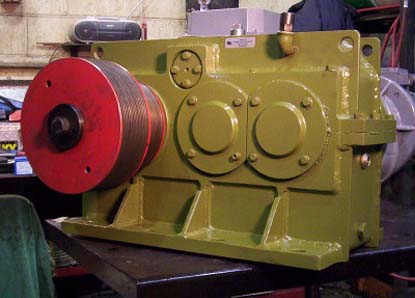 Machinery Rebuilders
Machinery Rebuilders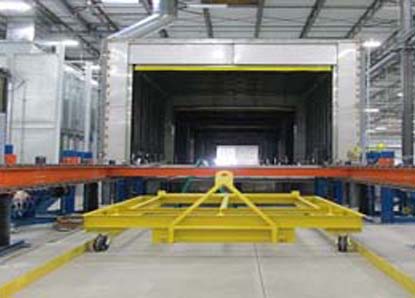 Paint Finishing Equipment
Paint Finishing Equipment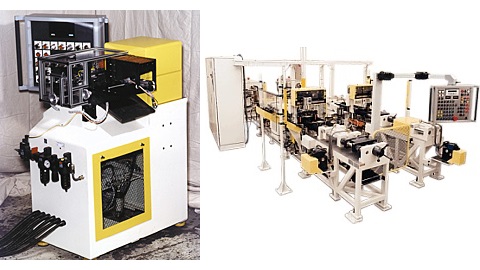 Tube Forming Machines
Tube Forming Machines Castings & Forgings
Castings & Forgings Bulk Material Handling
Bulk Material Handling Electrical & Electronic Components
Electrical & Electronic Components Flow Instrumentation
Flow Instrumentation Hardware
Hardware Material Handling Equipment
Material Handling Equipment Metal Cutting Services
Metal Cutting Services Metal Forming Services
Metal Forming Services Metal Suppliers
Metal Suppliers Motion Control Products
Motion Control Products Plant & Facility Equipment
Plant & Facility Equipment Plant & Facility Supplies
Plant & Facility Supplies Plastic Molding Processes
Plastic Molding Processes Pumps & Valves
Pumps & Valves Recycling Equipment
Recycling Equipment Rubber Products & Services
Rubber Products & Services